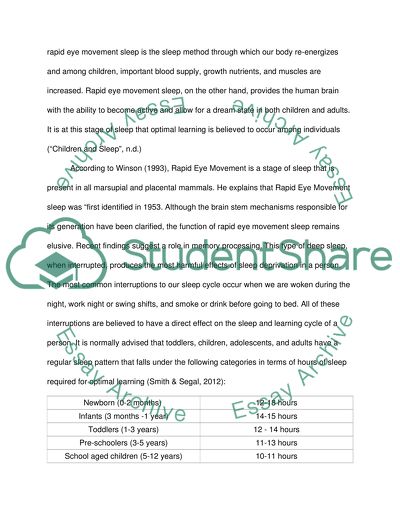Cite this document
(“The Role of Sleep and REM Sleep in Optimal Learning Research Paper”, n.d.)
The Role of Sleep and REM Sleep in Optimal Learning Research Paper. Retrieved from https://studentshare.org/health-sciences-medicine/1459416-the-role-of-sleep-and-rem-sleep-in-optimal-learning
The Role of Sleep and REM Sleep in Optimal Learning Research Paper. Retrieved from https://studentshare.org/health-sciences-medicine/1459416-the-role-of-sleep-and-rem-sleep-in-optimal-learning
(The Role of Sleep and REM Sleep in Optimal Learning Research Paper)
The Role of Sleep and REM Sleep in Optimal Learning Research Paper. https://studentshare.org/health-sciences-medicine/1459416-the-role-of-sleep-and-rem-sleep-in-optimal-learning.
The Role of Sleep and REM Sleep in Optimal Learning Research Paper. https://studentshare.org/health-sciences-medicine/1459416-the-role-of-sleep-and-rem-sleep-in-optimal-learning.
“The Role of Sleep and REM Sleep in Optimal Learning Research Paper”, n.d. https://studentshare.org/health-sciences-medicine/1459416-the-role-of-sleep-and-rem-sleep-in-optimal-learning.


